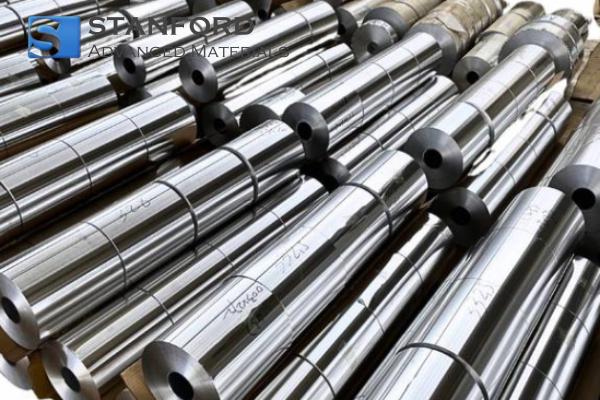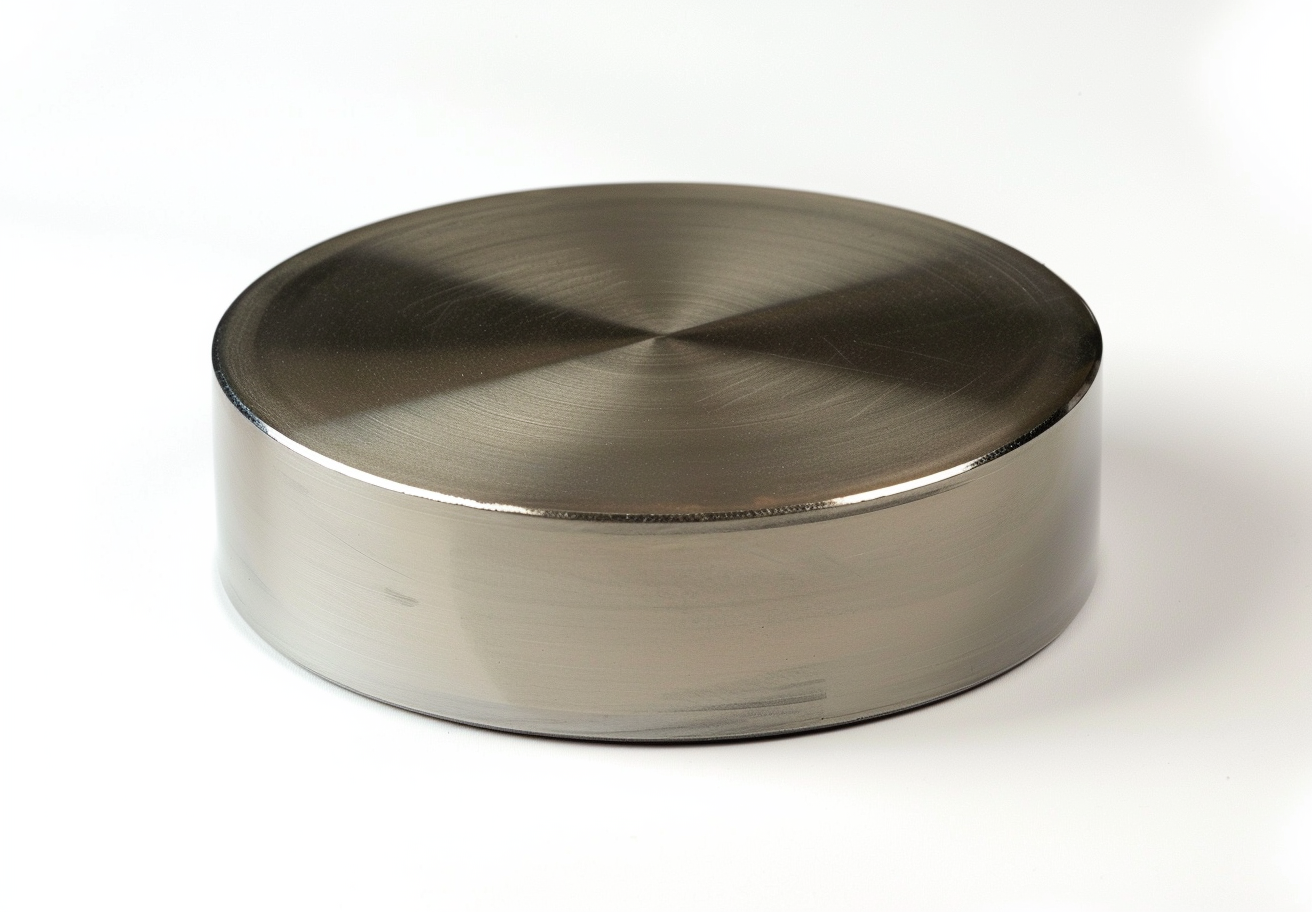Platinum Means Of Malleability
Introduction
Research into the malleability of platinum has a substantial historical record. Researchers such as Carl von Sickingen and Franz Karl Achard established the early basis for understanding and utilising the material properties of platinum. This article evaluates early experimental work and incorrect assumptions regarding platinum malleability. These experiments led to outcomes that initiated the "Platinum Age" in the United Kingdom.

The Breakthrough of Carl von Sickingen (1772)
In 1772, Carl von Sickingen began investigating platinum. He blended platinum with gold and dissolved the resulting alloy. He then precipitated platinum using ammonium chloride and processed the product by hammering. These experiments provided quantifiable data regarding platinum malleability.
Achard's Platinum Crucible (1784)
In 1784, Franz Karl Achard produced the first platinum crucible. He combined platinum with arsenic. Contaminants in the platinum alloy produced incorrect measurements of hardness and brittleness.

The Struggle and Success of Chabaneau (1786)
In 1786, with support from the British government, Pierre-François Chabaneau continued platinum research. He encountered impurities including gold, mercury, lead, copper and iron during the isolation of pure platinum. He produced 23 kg of malleable platinum by compressing a platinum sponge while heated. This process involved compressing the sponge by hammering under elevated temperature.
The "Platinum Age" in the United Kingdom
Chabaneau's work demonstrated that platinum does not melt under standard processing conditions. In collaboration with Joaquín Cabezas, who manufactured bars and utilitarian objects, he initiated a period characterised by the production of malleable platinum items. These items demonstrated measurable deformation under applied stress. The period led to increased technical study of the material.
Conclusion
The historical progression of platinum malleability research reflects systematic investigation and precise methodology employed by early researchers. From the foundational work of von Sickingen to Chabaneau's detailed mechanical processing, understanding of platinum's properties was enhanced. The quantitative data obtained has supported further engineering applications in the United Kingdom.

 Bars
Bars
 Beads & Spheres
Beads & Spheres
 Bolts & Nuts
Bolts & Nuts
 Crucibles
Crucibles
 Discs
Discs
 Fibers & Fabrics
Fibers & Fabrics
 Films
Films
 Flake
Flake
 Foams
Foams
 Foil
Foil
 Granules
Granules
 Honeycombs
Honeycombs
 Ink
Ink
 Laminate
Laminate
 Lumps
Lumps
 Meshes
Meshes
 Metallised Film
Metallised Film
 Plate
Plate
 Powders
Powders
 Rod
Rod
 Sheets
Sheets
 Single Crystals
Single Crystals
 Sputtering Target
Sputtering Target
 Tubes
Tubes
 Washer
Washer
 Wires
Wires
 Converters & Calculators
Converters & Calculators
 Write for Us
Write for Us


 Chin Trento
Chin Trento



